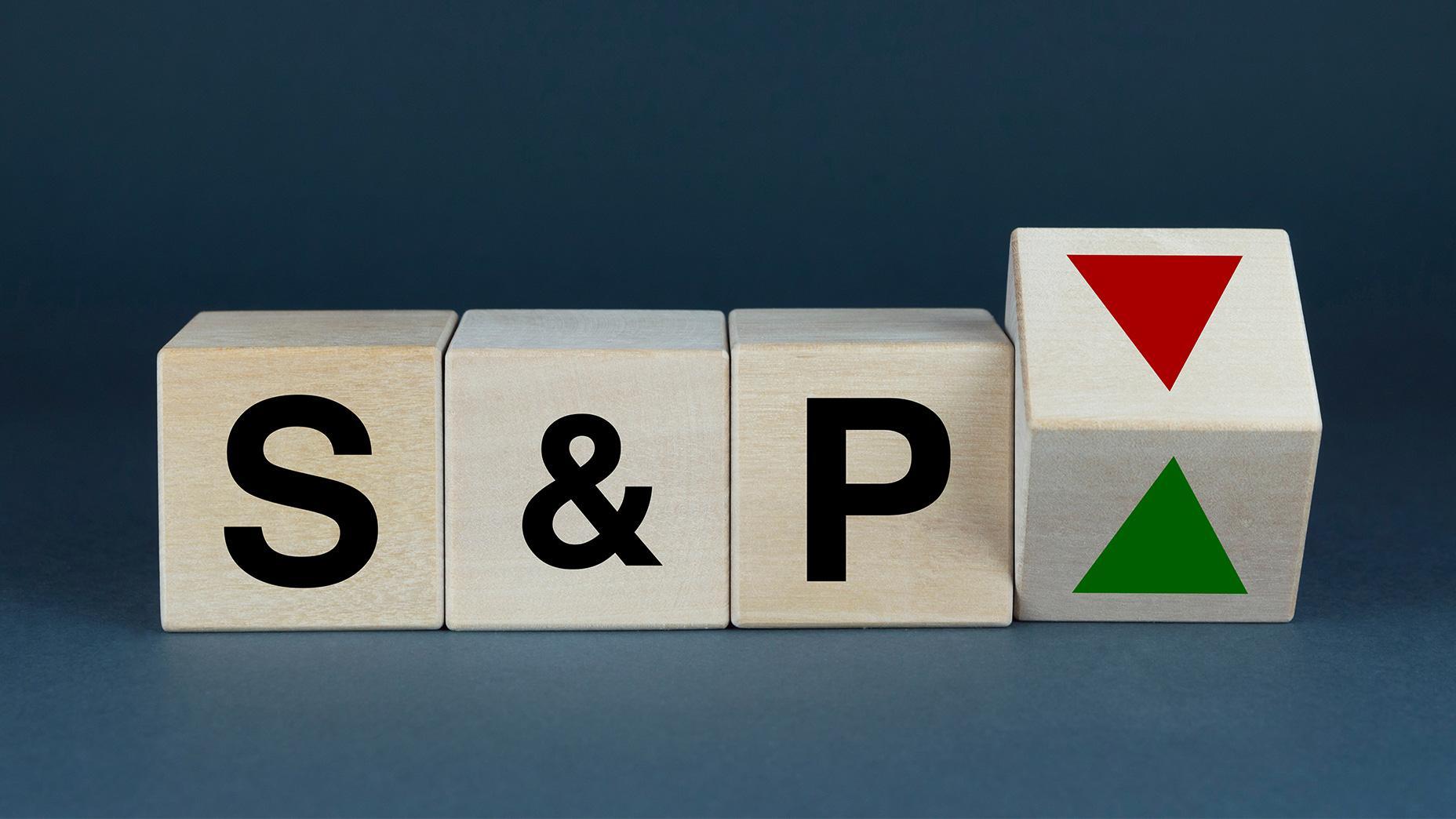Exploring EBITDA: A Guide to Stock Analysis Multipliers
5 minutes for reading

In our previous articles, we’ve discussed several stock market ratios such as P/S, P/CF, ROI, ROE, and the ways they are calculated. This time, we’ll get acquainted with another one called Ebitda. Just like other multipliers, Ebitda provides insight into the finances of a company based on its performance.
The Ebitda ratio – what is it?
Ebitda means “Earnings before interest, taxes, depreciation, and amortisation”. Basically, it’s the money earned by a company before all expenses. This ratio, which was created in the eighties, is still being used today as it can be applied for assessing the financial capabilities of business entities.
Large companies and corporations with massive expenses and assets that have been depreciating for a long time find it very favourable for interested parties to focus on the Ebitda coefficient. It's a way to make their companies more attractive to investors. And vice versa – small companies with minor expenses and assets prefer not to show their Ebitda ratio, as it can damage their investment appeal.
Quite often, Ebitda is coupled with a similar ratio called Ebit, although they are calculated in different ways. Ebit implies “Earnings before interest and taxes”.
What does Ebitda tell us?
- The efficiency of the company’s performance in comparison with its competitors in the industry. Just like many other ratios, there is no point in comparing companies from different sectors.
- The business profitability. Is investing money in this particular company worth it, and what profit expectations does it offer?
- The profit expectations for paying expenses, amortisation, and taxes. Can the company afford to pay all the above-mentioned, and what profit will it have in the end?
Advantages and disadvantages of the Ebitda ratio
Advantages:
- It’s more accurate than other ratios in determining the volume of money, as it takes amortisation into consideration.
- It allows comparing companies with different tax deduction levels, capital structures, and amortisation indicators.
- It compares profits before taxes and amortisation. Based on them, we can conclude which company is better at optimising its expenses.
Disadvantages:
- There is no single calculation method. Calculations made for different companies might vary considerably, hence the comparison can be inaccurate
- It doesn’t take into account the changes in the company’s working capital, which leads to an incorrect volume of money that is usually overestimated.
- In the case of neglected capital expenses, it misinterprets the company’s actual capabilities to repay its debts.
- The company’s accounting policy has a direct influence on the Ebitda coefficient.
How Ebitda is calculated
The two most popular methods to calculate Ebitda are:
Ebitda top-down = Revenue - Costs of goods (not including amortisation) + Operating expenses
Where:
- Revenue – the company’s income
- Cost of goods – the costs of materials used for manufacturing, including salaries (amortisation expenses are not considered)
- Operating expenses – expenses relating to the transportation and storage of goods, rent of premises, as well as office expenses
All these indicator values can be found in the company’s financial reports.
Ebitda bottom-up = Net income + Interest + Taxes + Amortisation
If you calculate using these two different methods for the same company, the results will vary significantly. Why? Because of some non-recurring cost items that make the difference.
When the Ebitda coefficient value is negative, this means the company is incurring losses even before covering all the compulsory payments.
Applying the Ebitda ratio
An investor can easily calculate a company's Ebitda ratio by accessing its financial reports. Thereafter, the Ebitda ratio can be used for comparing companies operating in the same field, even if they are from different countries with different percentage loads.
However, we should not rely solely on the Ebitda coefficient when assessing the company’s investment appeal. In some cases, a positive value of Ebitda does not necessarily mean that the company did have net income. The best way to apply the ratio is to use it as an additional factor when choosing an issuer to invest in.
A low Ebitda value may indicate that the company is not doing great, which makes it unable to handle the tax burned and other expenses. If the report does not specify the Ebitda ratio calculation method, we will have to double-check it on our own or look for confirmation from other sources.
Example of company comparison
Over the previous accounting period, a firm named “CCC“ and a firm called “DDD” both had exactly the same income. However, “CCC” paid 30% in taxes, while “DDD” only paid 5% because of preferential taxation.
At this point, we can draw preliminary conclusions:
If “CCC” switches to preferential taxation, then the income will immediately differ. This simple example shows that “CCC” is conducting business more effectively and, in case taxes are reduced and everything else is equal, it will make more profit. Consequently, “CCC” is more promising and attractive for investments.
Closing thoughts
When calculating the Ebitda ratio, we should navigate traps and pitfalls, so the ratio can be relied on in two cases:
- When we are well aware of the ratio calculation method in the company.
- When we calculate the ratio on our own.
Despite being quite popular, the Ebitda ratio is often criticised and, as a rule, many companies choose not to show it in their official financial reports. Nevertheless, it is still being used by many for assessing investment appeal.
Lending agencies often use Ebitda to assess a firm’s risks and financial solvency. The best way of applying Ebitda is with a comprehensive assessment of the company, using several ratios and other aspects from its financial reports.
Categories
Recent Posts
Discover How Warren Buffett Adjusted His Investment Holdings in the Second Quarter: New Additions and Complete Sell-Offs
The Public Offering of Justworks, Inc.: A Deep Dive into its Innovative Cloud-Based Accounting Management Platform and its Investment Appeal on 12 Jan...
Delve into the Forces Shaping the Gaming Industry: Insights on Engine Gaming, SciPlay, Sea, Roblox, and Electronic Arts.
Peloton Unveils Business Overhaul with Leadership Change and Cost-Cutting Strategy: Targeting Growth or Setting the Stage for Acquisition?
Weekly News Roundup: Salesforce, Okta, Chewy, and Crowdstrike Release Quarterly Results; Microsoft Reduces Quarterly Forecast - How Did Their Stocks R...






